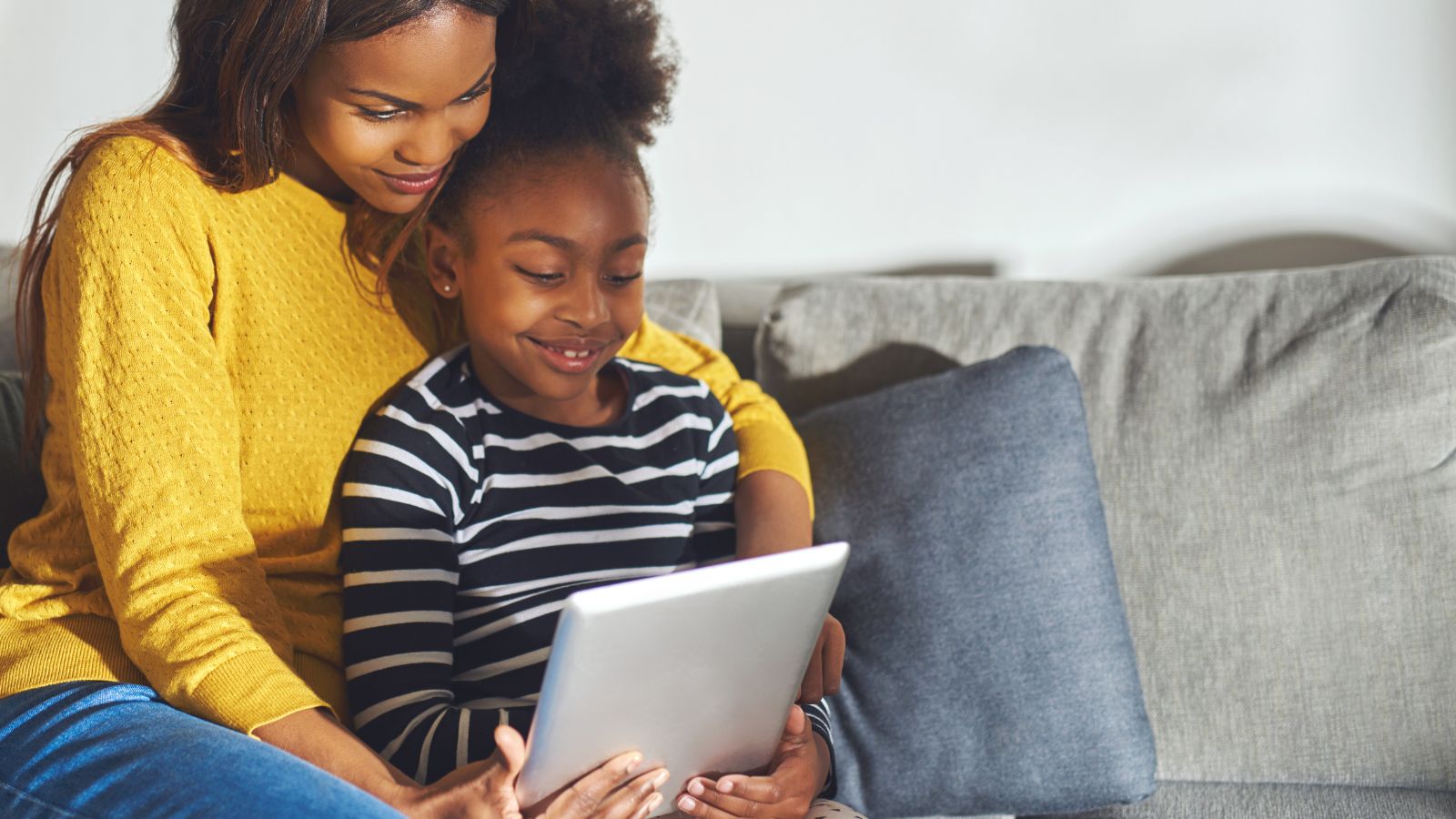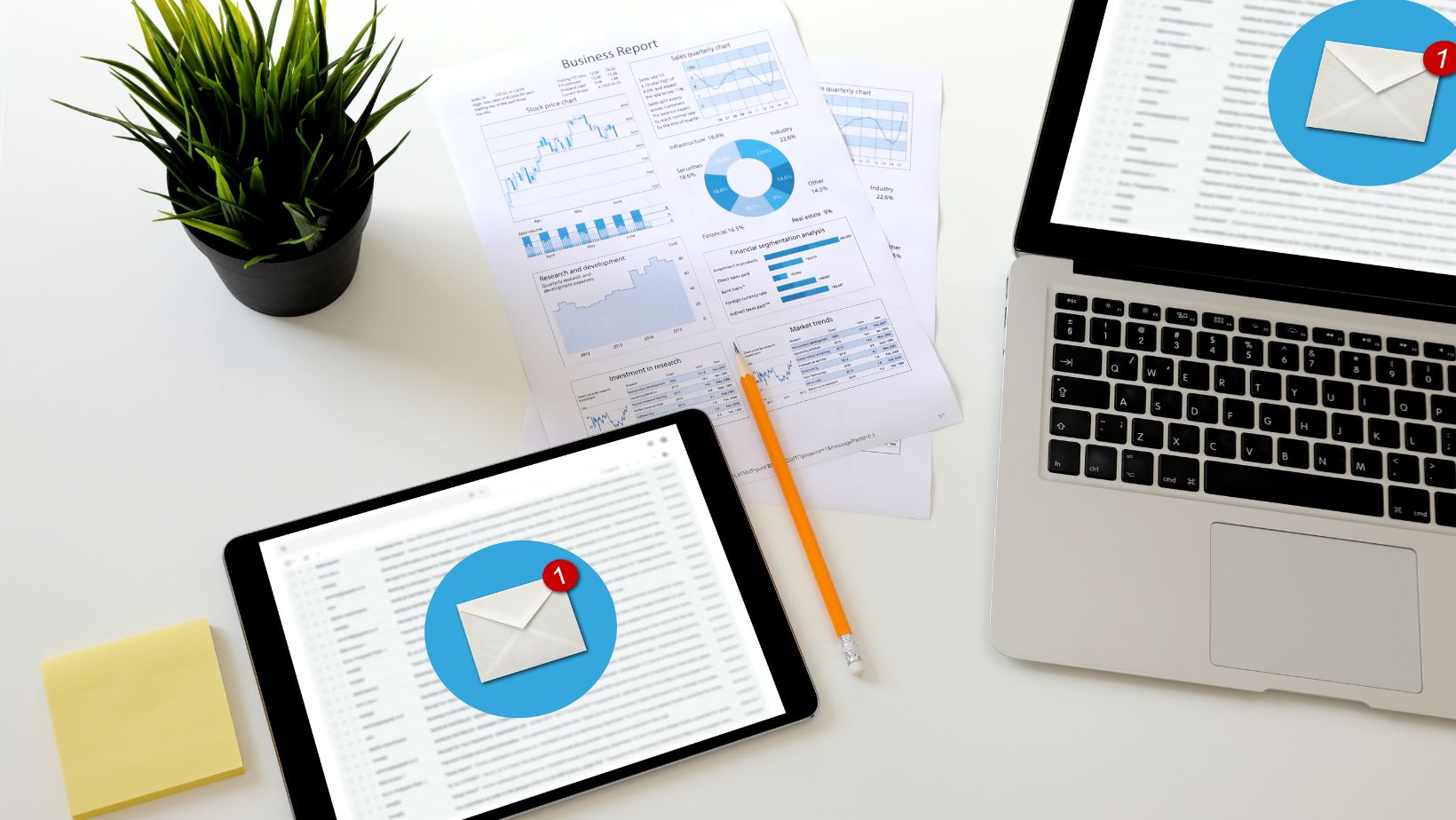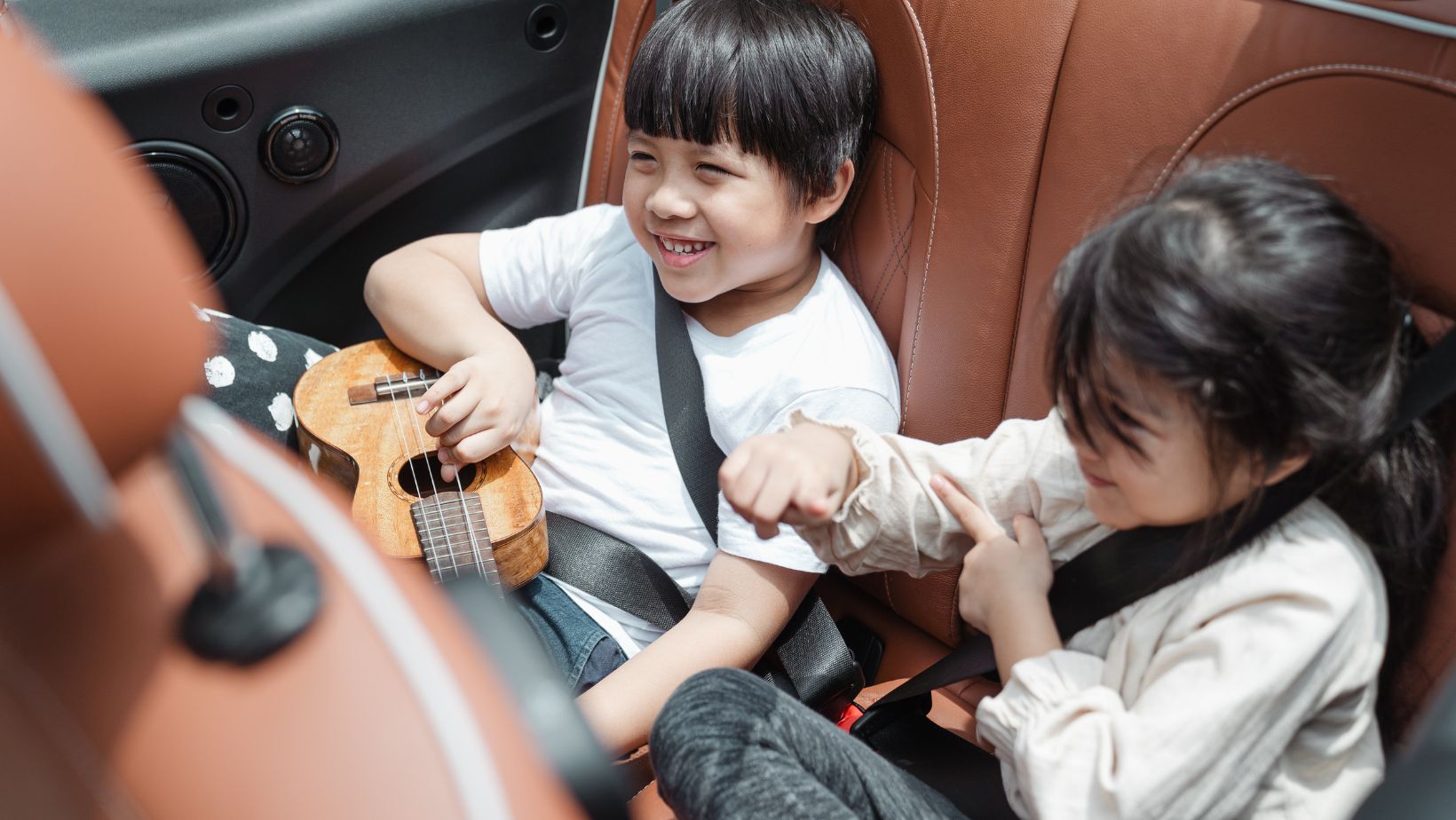
Ensuring children’s safety is a top priority for parents, especially as kids gain independence. Whether they are going to school, playing outside, or visiting friends, keeping track of their whereabouts is essential. GPS tracking provides a reliable way for parents to monitor their children in real-time, offering security and peace of mind.
This guide covers how to use GPS tracking for child safety, the best features to look for, and effective tips to ensure kids stay safe at all times.
Why GPS Tracking is Important for Kids’ Safety
Children are naturally curious and can wander away unknowingly, making them vulnerable to getting lost, accidents, or unsafe situations. GPS trackers provide real-time location updates, ensuring parents always know their child’s location.
Common Safety Risks for Kids
- Getting Lost in Crowded Places – Parks, malls, and amusement parks can make it easy for children to stray from parents.
- Unsupervised School Commutes – Kids walking or riding the bus alone may take unsafe routes.
- Wandering Off While Playing – Children often explore new areas without realizing the potential dangers.
- Stranger Danger – Encounters with strangers can pose serious risks to a child’s safety.
- Emergencies and Accidents – A child may need assistance in medical or unexpected situations.
With GPS tracking, parents can address these concerns proactively, ensuring quick response times in case of emergencies.
How GPS Trackers Improve Kids’ Safety
GPS tracking devices allow parents to monitor, locate, and protect their children using features like real-time tracking, geofencing, and emergency alerts.
Key Benefits of GPS Tracking for Kids
- Real-Time Location Tracking
- Provides instant updates on your child’s whereabouts.
- Helps track movement when they are outside or away from home.
- Geofencing for Safe Zones
- Parents can create virtual boundaries around safe locations like school, home, and daycare.
- Instant alerts notify parents if their child leaves or enters a geofenced area.
- SOS Emergency Button
- Allows children to send distress signals when in danger.
- Notifies parents with their exact location during an emergency.
- Two-Way Communication
- Some GPS devices allow parents and kids to talk directly in case of an emergency.
- Reduces reliance on smartphones, especially for younger kids.
- Activity & Route Monitoring
- Helps parents review their child’s route history to identify unusual patterns.
- Ensures kids take safe, approved routes when commuting alone.
By using GPS tracking devices, parents can reduce safety risks and keep their children protected at all times.
Perfect Ways to Use GPS Trackers for Child Safety
Parents can use GPS tracking devices in various situations to enhance their child’s safety.
1. Tracking Kids During School Commutes
Children traveling alone to school may take unapproved routes, miss the bus, or get lost. GPS tracking ensures they reach school safely.
How to use GPS tracking for school safety:
- Attach a wearable GPS tracker to the child’s backpack or wrist.
- Set up geofencing alerts for school and home.
- Check real-time location updates to ensure they stay on the correct route.
- Enable route history tracking to review daily travel patterns.
2. Monitoring Kids in Crowded Places
Malls, amusement parks, and public events increase the risk of children wandering off or getting lost.
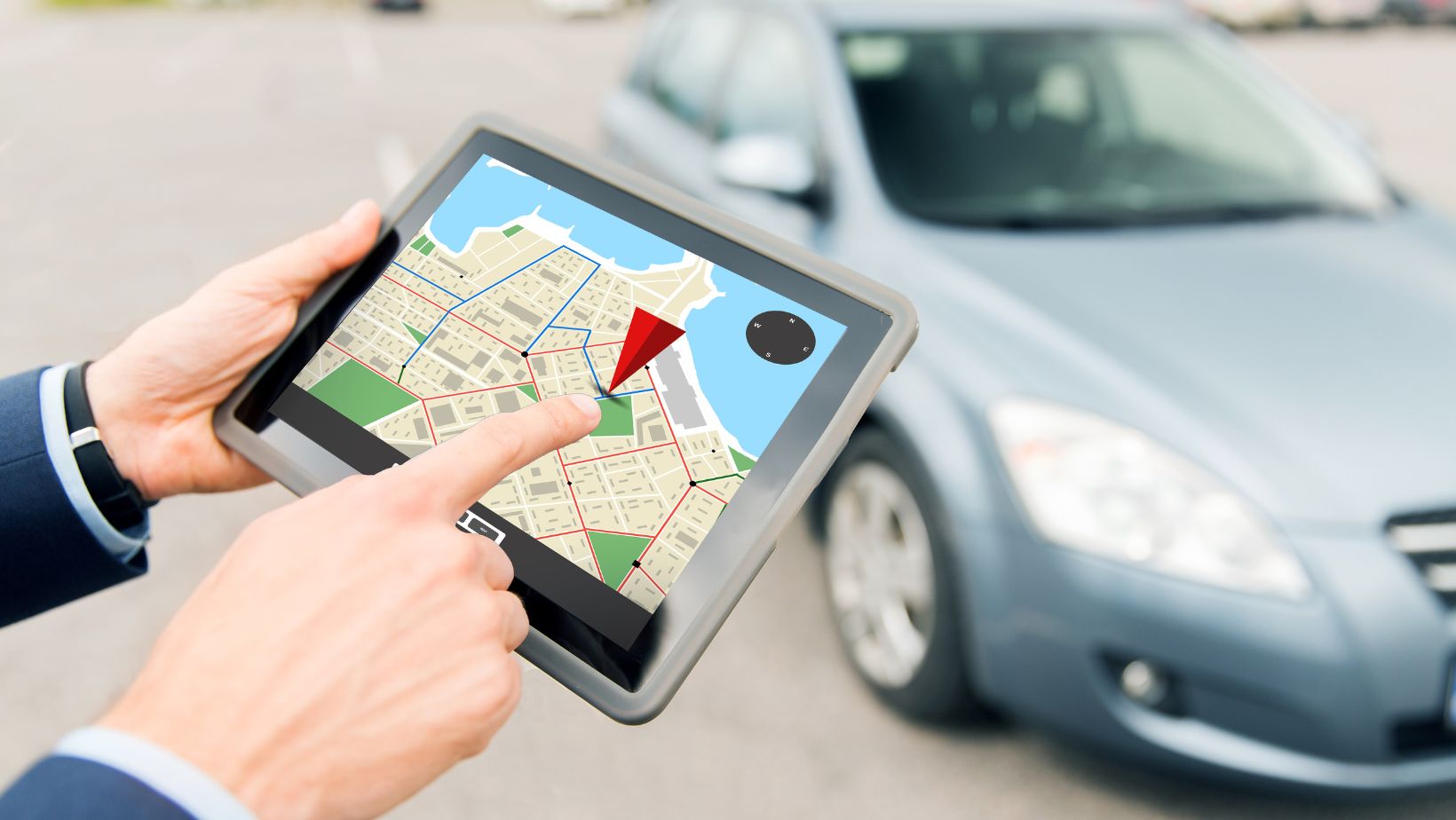
How to use GPS tracking in public areas:
- Use a portable GPS tracker that is easily attachable.
- Enable real-time tracking to find the child instantly.
- Activate geofencing alerts to get notified if the child moves beyond a safe area.
- Teach kids how to use the SOS button in case they feel unsafe.
3. Keeping an Eye on Outdoor Activities
Outdoor playtime is essential for children but comes with risks like straying too far or encountering unsafe environments.
How to use GPS tracking for outdoor activities:
- Attach a clip-on or wristband GPS tracker when kids go out to play.
- Set a geofenced safe zone for playgrounds and parks.
- Enable activity tracking to know where they’ve been.
- Use live location sharing to check in periodically.
4. Preventing Unauthorized Travel
As children grow, they might visit places without informing parents. GPS tracking helps prevent unsupervised trips.
How to use GPS tracking for unauthorized trips:
- Set pre-approved geofenced locations and get alerts if kids move beyond them.
- Monitor trip history logs for unusual movement.
- Use speed tracking features if they travel by bike or scooter.
- Activate instant alerts to stay informed of any unexpected movement.
5. Responding to Emergencies Quickly
Accidents, health issues, or getting lost require immediate parental intervention.
How to use GPS tracking for emergencies:
- Teach kids to press the SOS button if they need help.
- Enable live tracking for instant updates.
- Share location details with emergency contacts.
- Use two-way calling features to assist your child remotely.
Features to Look for in a GPS Tracker for Kids
Selecting the right GPS tracker ensures better accuracy, reliability, and security.
1. Real-Time Tracking
- Provides live location updates for immediate monitoring.
2. Geofencing Alerts
- Notifies parents when kids enter or exit safe zones.
3. SOS Panic Button
- Lets children send instant distress signals when in danger.
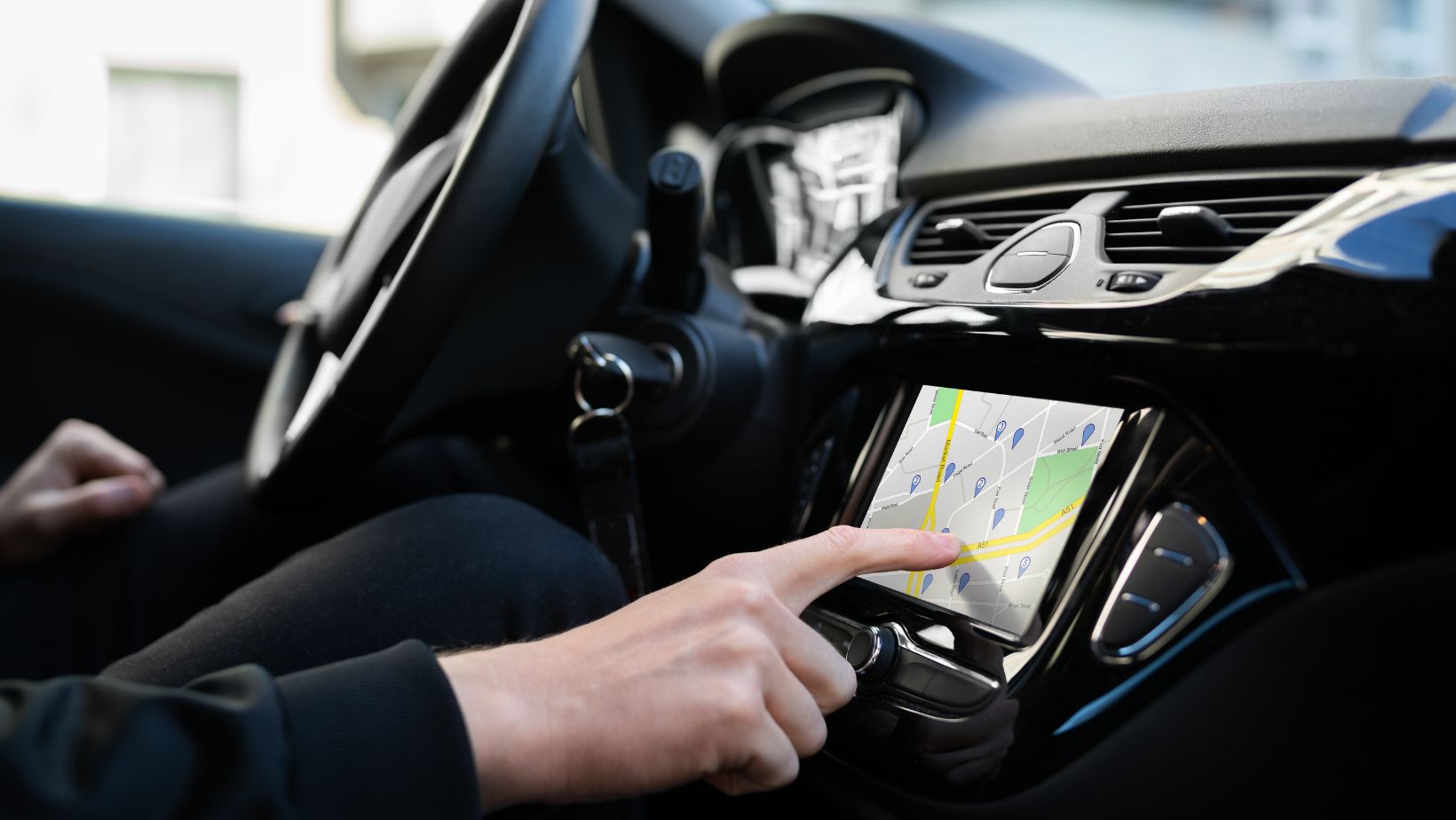
4. Two-Way Calling
- Enables direct communication between parents and children.
5. Secure Data Encryption
- Protects location data from unauthorized access.
6. Long Battery Life
- Ensures continuous tracking without frequent charging.
Choosing a feature-rich GPS tracker ensures maximum safety and usability for child monitoring.
Ethical Considerations and Privacy in GPS Tracking
While child safety is the main goal, responsible GPS tracking is important.
How to Use GPS Trackers Ethically
- Inform kids about GPS tracking and why it’s used.
- Use tracking only for safety purposes, not surveillance.
- Set reasonable monitoring limits to respect privacy.
- Ensure data security to protect personal information.
Using ethical tracking practices builds trust and ensures GPS tracking remains a valuable safety tool.
Final Thoughts
GPS tracking is a powerful way to ensure children’s safety, allowing parents to monitor movement, respond to emergencies, and set safe boundaries. Whether for school commutes, outdoor activities, or public outings, GPS trackers offer real-time protection and peace of mind.
By using GPS tracking responsibly, parents can create a safer environment where children can explore, learn, and grow while staying protected.



